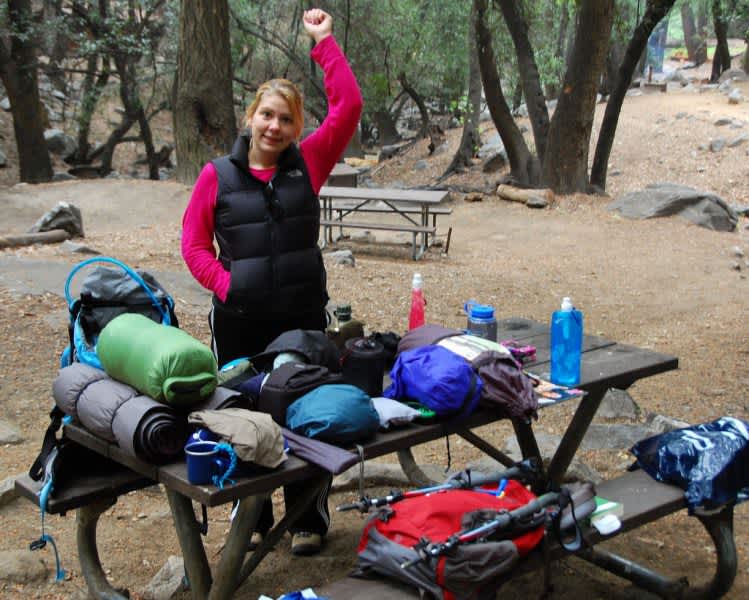Tips for Trash-Free Camping
OutdoorHub Staff 08.08.16

Trash-free camping is a simple concept. It calls for campers to carry out everything they carry in, including refuse generated during their stay. It’s a trend that’s grows stronger every year, and in fact many public recreational areas, including some National Park Service parks, have made it a requirement.
Maintaining a trash-free campsite is far from an impossible challenge. All it takes is a little bit of forethought and discipline to minimize the amount of refuse you create, so packing it out will be a simple matter. Here are a few tips.
- When planning your camping menu at home, be as thorough as possible to minimize leftovers. Food that gets eaten won’t have to be packed out later. More importantly, it won’t be left to spoil in a trash bag until you’re ready to de-camp.
- You can also save yourself a tremendous amount of effort by removing and recycling as much of the food’s packaging as you can at home. Breakfast cereal, for example, could be put into a sealable plastic container or zip-top bag, both of which can be repurposed during the camping trip. Likewise, the chocolate bars you have for making s’mores will leave behind a wrapper for each bar, plus the cardboard and plastic wrap in which they’re packaged. Why not remove all of it and put the bars into a zip-top bag?
- Rather than buying bagged ice cubes, make your own ice blocks at home. Freeze water in plastic milk jugs—which can also be repurposed. Or, create blocks using large stainless-steel bowls or sealable plastic containers.
- Disposable dinnerware and paper towels probably account for the largest percentage of camp refuse. Instead, invest in a set of durable camping plates and reusable forks, spoons and knives, and cloth napkins. Yes, they’ll all need to be washed and dried, but you’ll have a much smaller refuse bundle to haul out.
- Go with reusable water bottles as well. Disposable plastic water bottles are the bane of every park system, and are one thing you can easily avoid carrying out. Besides the typical sources of potable water scattered around campgrounds, many parks now provide bottle filling stations at trailheads and other locations. Carbonated beverages, whether hard or soft, are another matter. Just be prepared to carry out what you carry in.
- Regardless of everything you do, you will generate some amount of refuse. The goal is to keep it as minimal as possible. So, be sure to bring a few trash-can-size garbage bags with you, as well as a stash of smaller bags for soiled diapers, pet waste or anything else that’s odiferous and requires pre-bagging to maintain sanitary standards.
A carry in/carry out camping policy not only leaves your site clean and fresh for the next group of campers, but it helps alleviate the strain that dealing with tons of trash puts on our park systems. Give it a go on your next camping trip, and you’ll be surprised how easy it can be.

